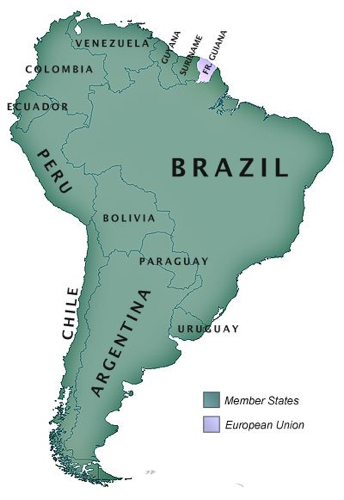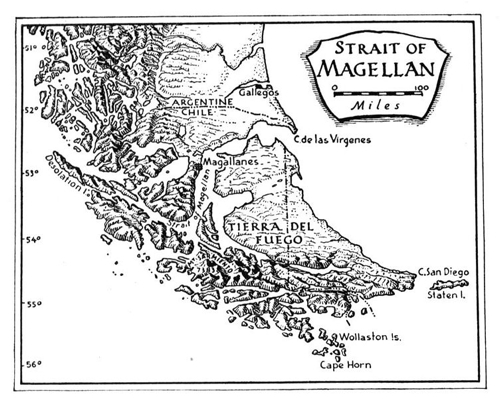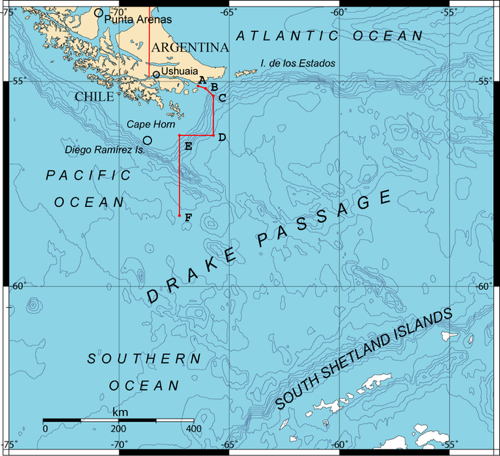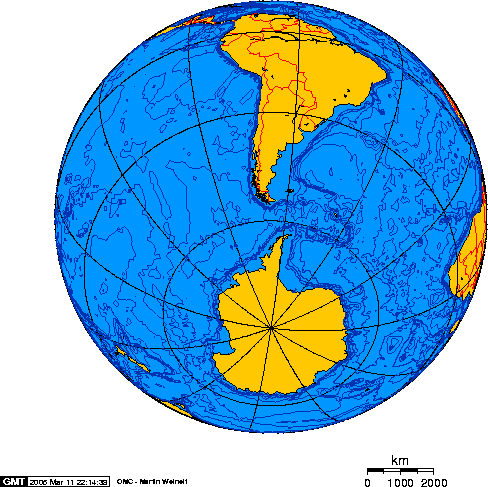I'm ready to begin my journey!

It’s hard to believe that it’s time for me to start traveling to Palmer Station. I’ve been looking forward to this trip for over a year now, and until recently it’s all seemed a bit surreal. The past couple of weeks have been a whirlwind; a highlight was last weekend when State High’s National Ocean Sciences Bowl team won the Chesapeake Bay Bowl. I am so proud of my students and wish I could hide them in my duffel bag!


Another highlight was skyping with my niece's class at Tuckahoe Elementary in Arlington, VA. Mrs. Morse's class asked a lot of great questions, particularly about the animals I will see at Palmer Station.

I hope to post a journal every day from now until I arrive at Palmer Station on 2-14. My flight to Punta Arenas, Chile will involve 3 connections and will take over 30 hours, so it’s going to be a long haul. I’ll stay overnight in Punta Arenas, will pick up my Extreme Cold Weather (ECW(abbreviation) Extreme Cold Weather clothing) gear there, and will board a ship, the Lawrence M. Gould, the next day. The boat trip to Palmer Station Antarctica is 4 days long and that’s the part of my journey where my internet connection may be spotty. If you don’t hear from me, don’t worry! I’ll do my best to keep in touch.
My friend, Dani Crowe, made this great video of my route.
http://
I'm not exactly sure what the boat trip will be like, but here’s what it says in the letter I received from Raytheon Polar Services (RPSC):
“The crossing to Palmer Station typically takes 4 days. It takes approximately one day to transit the Straits of Magellan and sail down the east coast of Argentina to Cape Horn. You’ll have two days in the Drake PassageStrait, connecting the Atlantic and Pacific oceans between Tierra del Fuego and the South Shetland Islands. Located about 100 mi (160 km) north of the Antarctic Peninsula, it is 600 mi (1,000 km) wide., and one day along the Peninsula before you reach Palmer Station. Things can change with science schedules, weather, and sea ice conditions so be patient and flexible. Enjoy the crossing as best you can, stay hydrated and rest. Be prepared to help out as needed and volunteer if you can. If you experience severe seasickness, the Marine Projects Coordinator (MPC) can help with medication. Ask the MPC if you have questions or concerns.”




I've got my motion sickness pills ready to go!
Another tip in the letter says, “Remember to go to the square in Punta Arenas and rub the toe of the statue to have good luck crossing the Drake PassageStrait, connecting the Atlantic and Pacific oceans between Tierra del Fuego and the South Shetland Islands. Located about 100 mi (160 km) north of the Antarctic Peninsula, it is 600 mi (1,000 km) wide..” I’ll be absolutely certain to do that...
Please stay tuned!


Comments